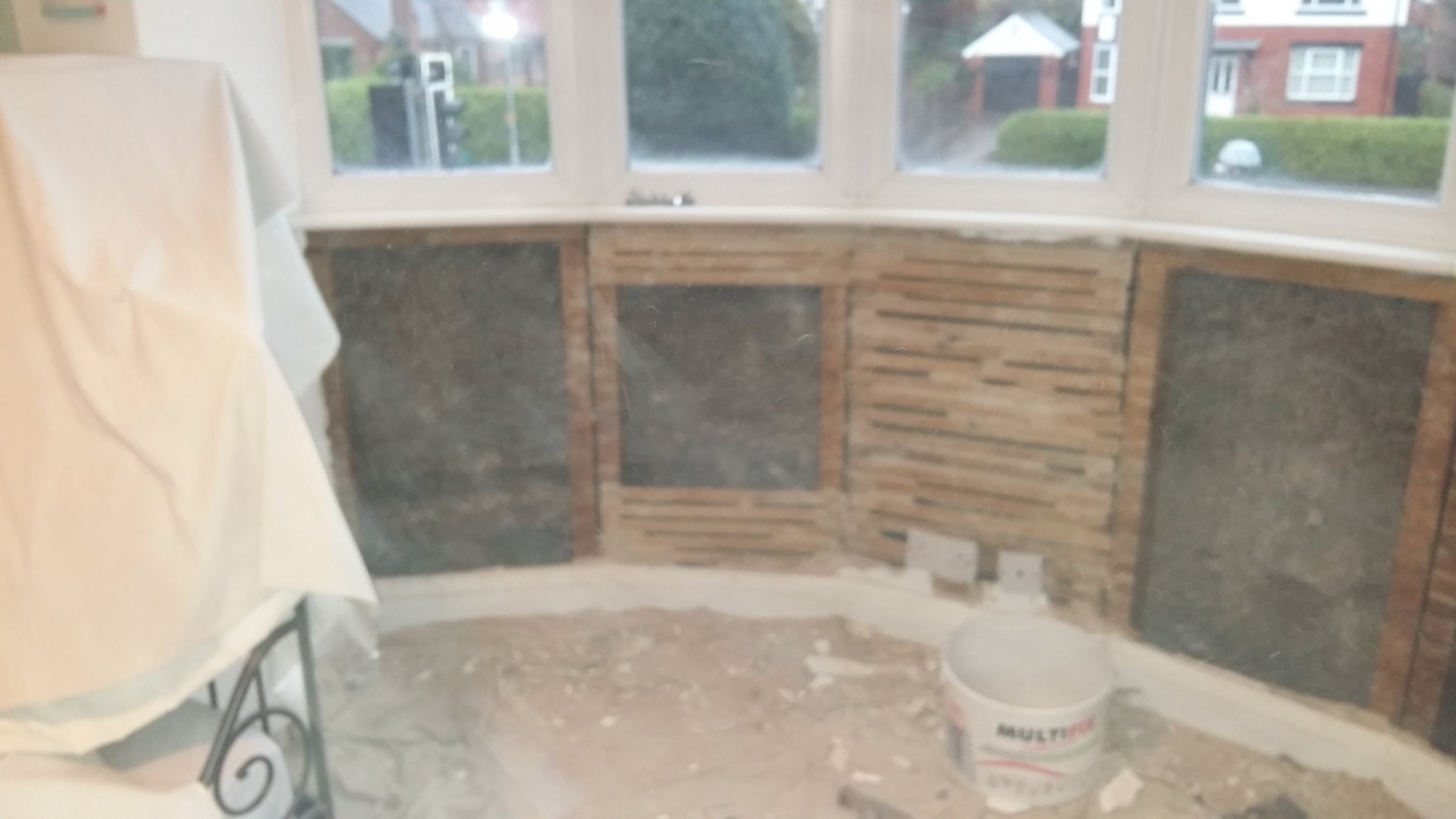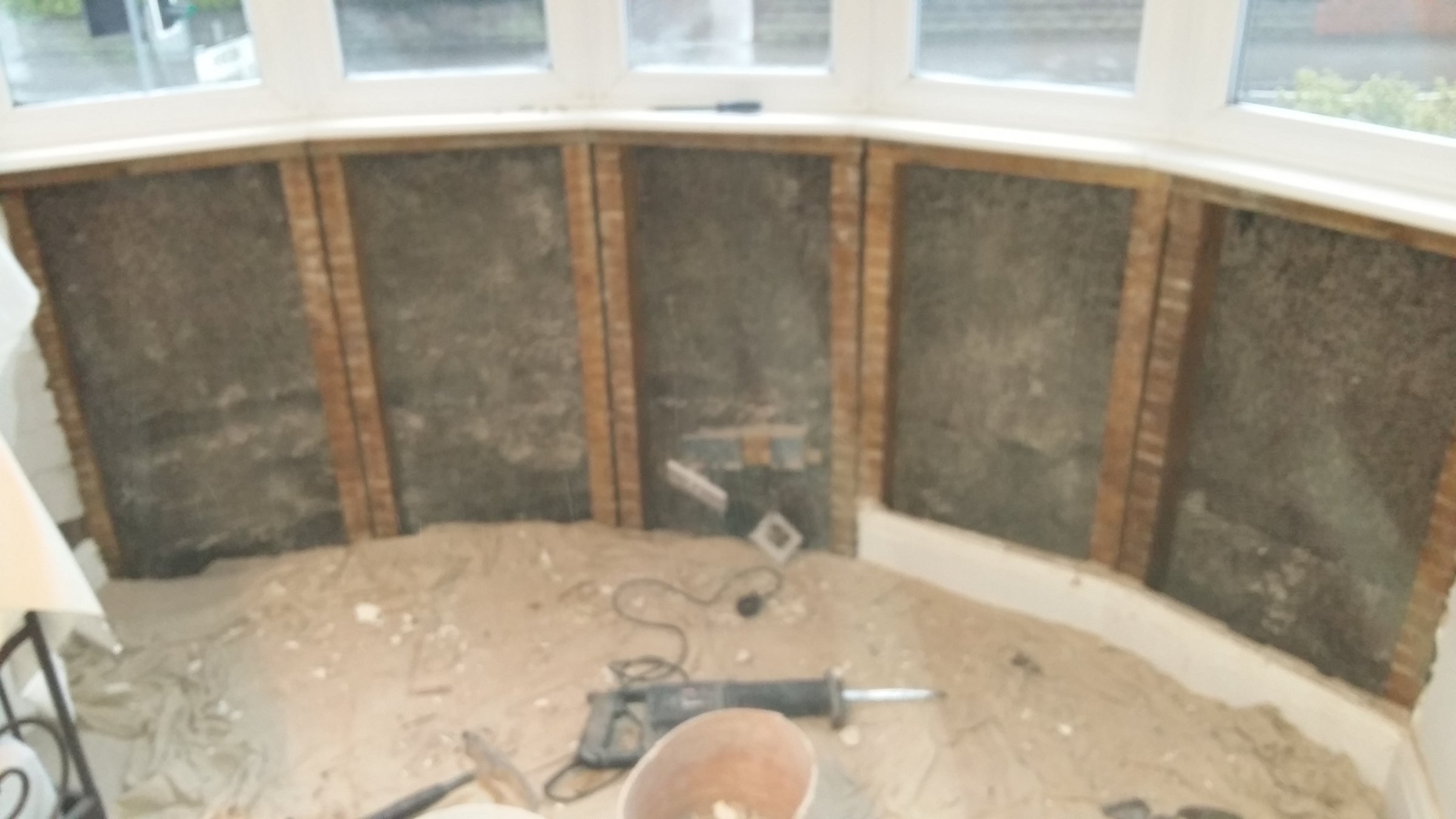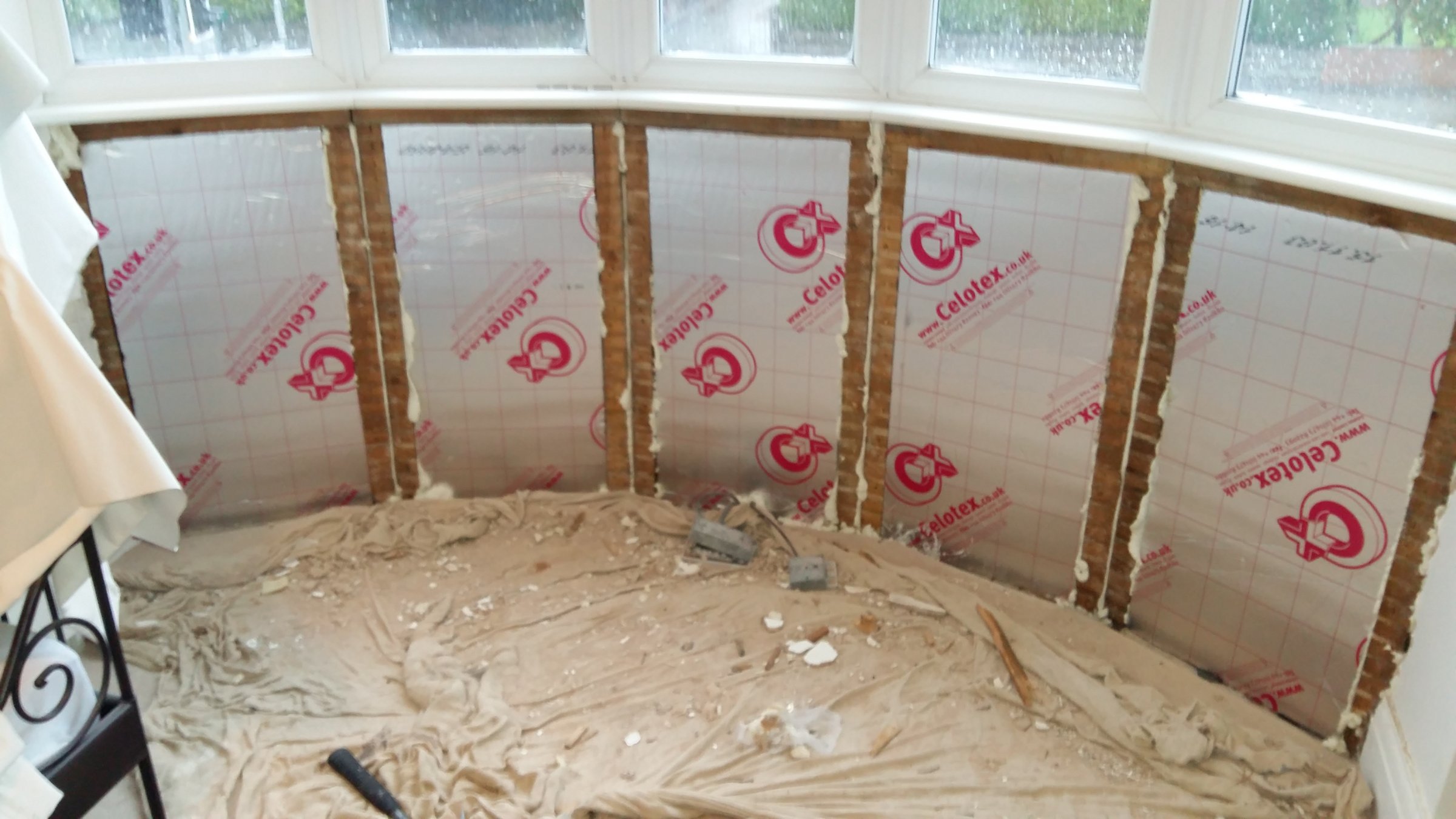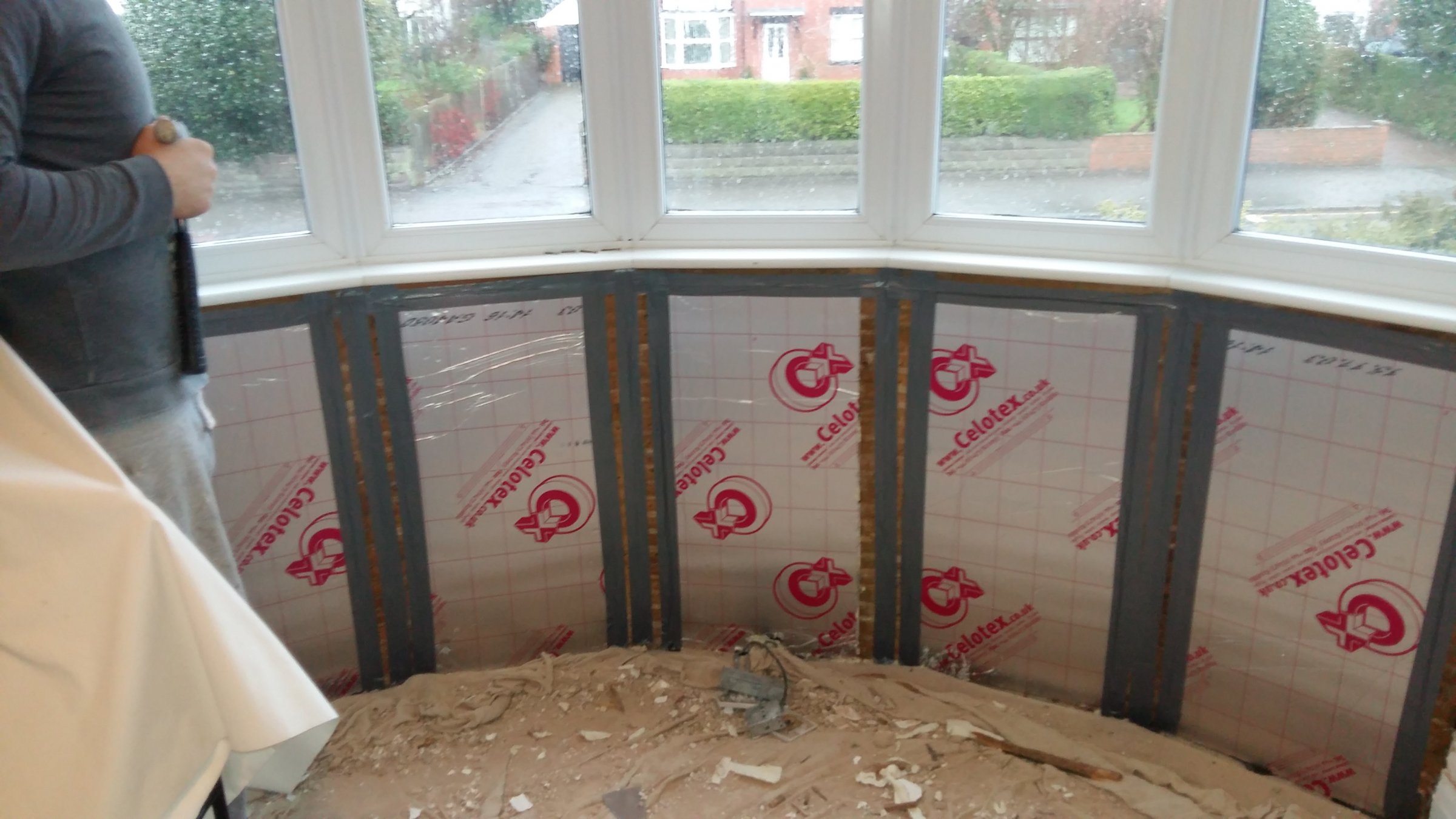I am insulating a small single skin brick bay window, creating stud inside with friction fitted PIR between studs, plaster boarded over.
50 or 100 mm PIR ?, I'm simply try to stop air condensing on the bay wall and stop damp stains in winter.
Should I have an air gap between PIR and existing existing bay structure, say 50mm ?
Some suggest using combined plasterboard with PIR backing - assume you cant buy that with built in vapour barrier, and vapour barrier then has to go somewhere ? using combined that doesn't make sense.
By using separate boards you can staple vapour barrier to studs directly over the PIR, then separate plasterbaord over top of that (as separate boards) - as normally done.
Any thoughts or guidance please.
Thanks
50 or 100 mm PIR ?, I'm simply try to stop air condensing on the bay wall and stop damp stains in winter.
Should I have an air gap between PIR and existing existing bay structure, say 50mm ?
Some suggest using combined plasterboard with PIR backing - assume you cant buy that with built in vapour barrier, and vapour barrier then has to go somewhere ? using combined that doesn't make sense.
By using separate boards you can staple vapour barrier to studs directly over the PIR, then separate plasterbaord over top of that (as separate boards) - as normally done.
Any thoughts or guidance please.
Thanks







